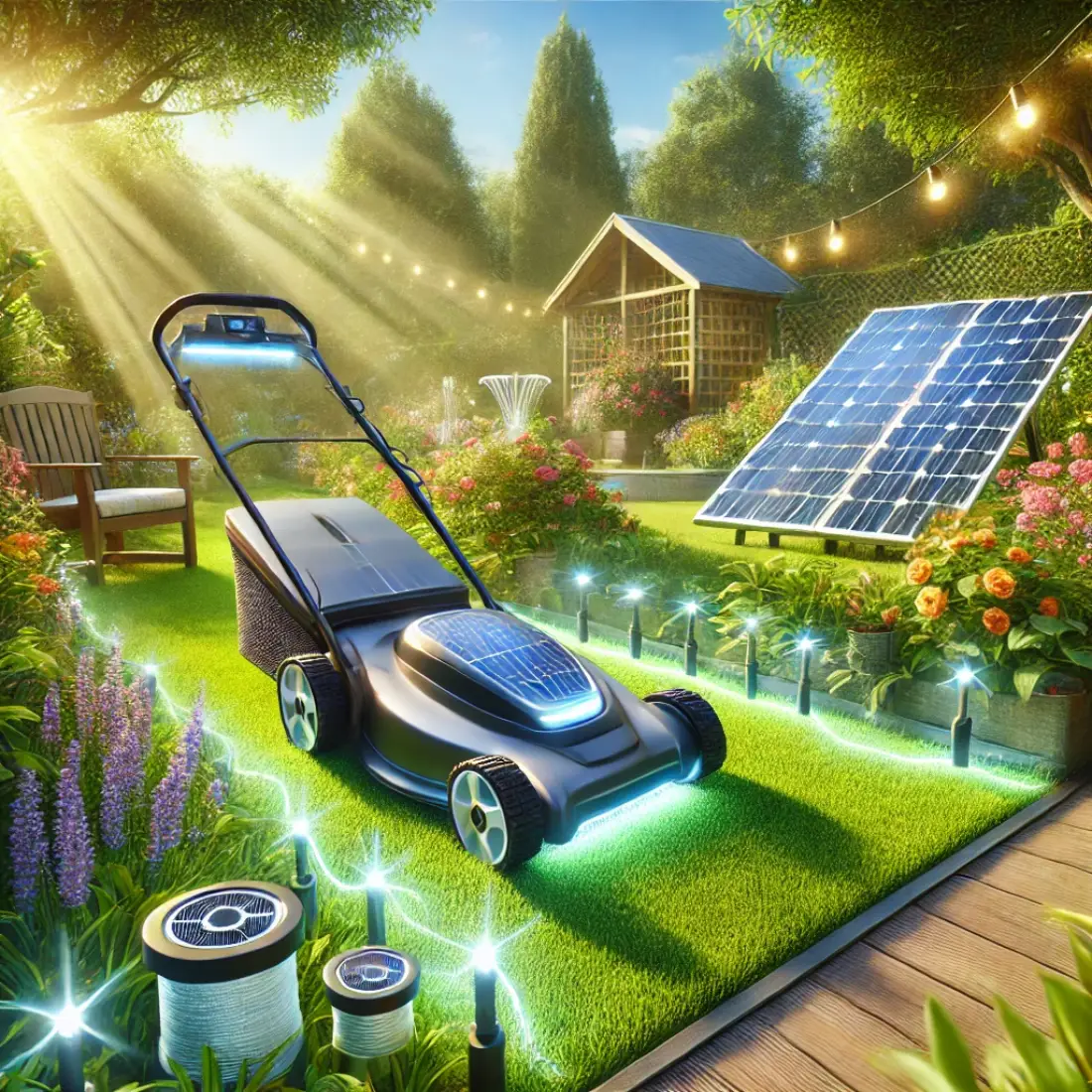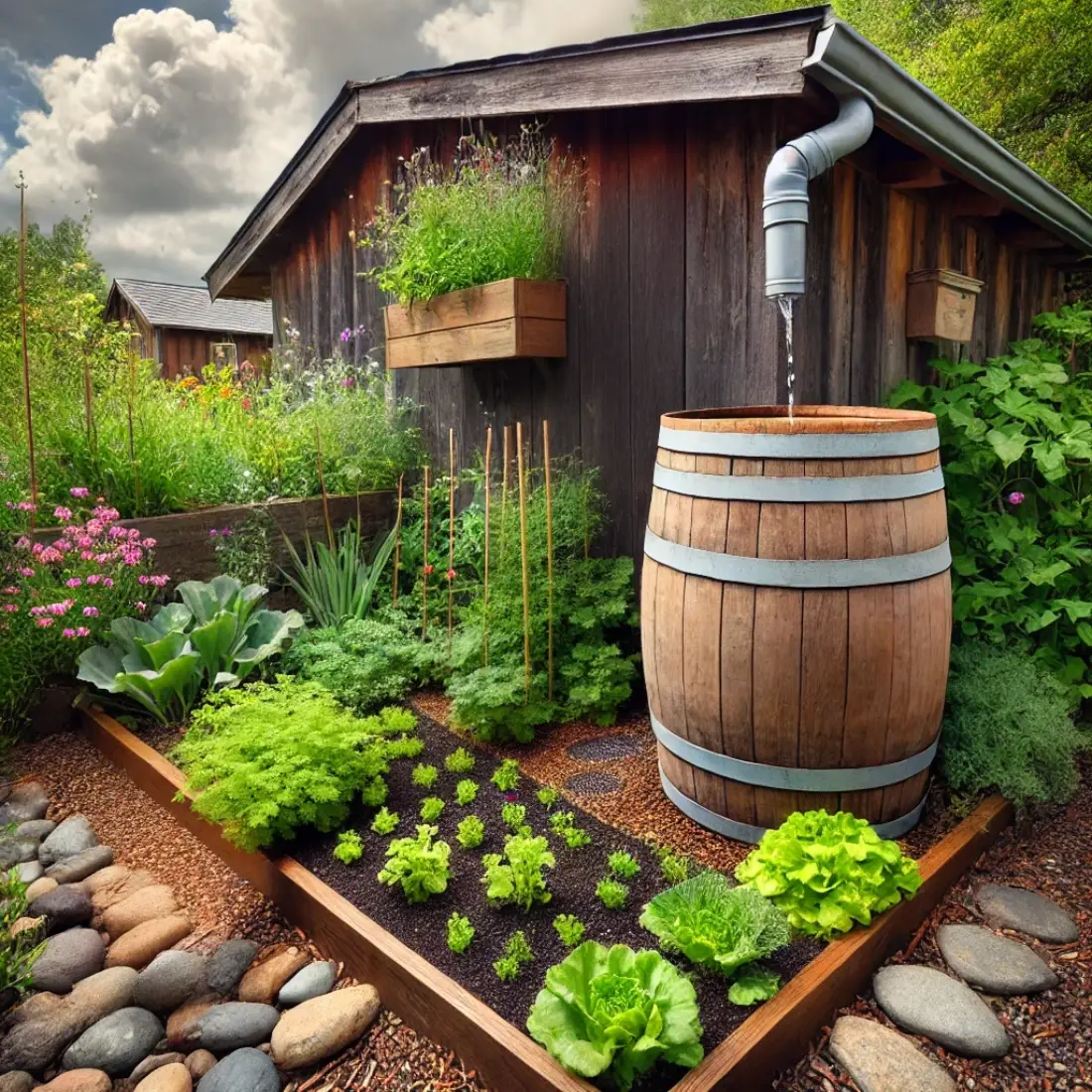Solar-powered garden tools are an innovative and eco-friendly alternative to traditional gardening equipment. By harnessing the power of the sun, these tools reduce reliance on fossil fuels and cut down on greenhouse gas emissions, promoting sustainable gardening practices. Whether it’s solar-powered lawn mowers, irrigation systems, or garden lights, these tools offer long-term savings on energy costs while minimizing environmental impact.
For gardeners looking to embrace renewable energy, solar-powered tools provide a cleaner, quieter, and more efficient way to maintain their green spaces, all while contributing to a healthier planet.
- Solar-powered garden tools help reduce carbon footprints in gardening.
- They are efficient, cost-saving, and environmentally friendly alternatives to traditional tools.
- Renewable energy usage in gardening leads to long-term sustainability.
Benefits of Solar-Powered Garden Tools
Solar-powered garden tools offer numerous benefits, making them an ideal choice for eco-conscious gardeners. One of the key advantages is their environmentally friendly nature. By using renewable solar energy instead of fossil fuels, these tools drastically reduce carbon emissions, contributing to cleaner air and a healthier environment.
Another major benefit is cost-efficiency. Although solar-powered tools may have a higher initial cost, they eliminate the need for electricity or gasoline, saving money on energy bills and fuel in the long run. Over time, the cost of these tools pays for itself through energy savings.
Solar-powered tools are also low maintenance and quieter than traditional garden equipment. With fewer moving parts and no need for fuel, they require less frequent repairs and offer a quieter operation, making them ideal for residential areas where noise reduction is important.
Additionally, solar-powered tools promote sustainability in gardening. From solar water pumps to automated lawn mowers, they use clean energy to optimize garden care, ensuring a minimal environmental impact while maintaining efficiency.
Top Solar-Powered Garden Tools You Should Have
1. Solar-Powered Lawn Mowers
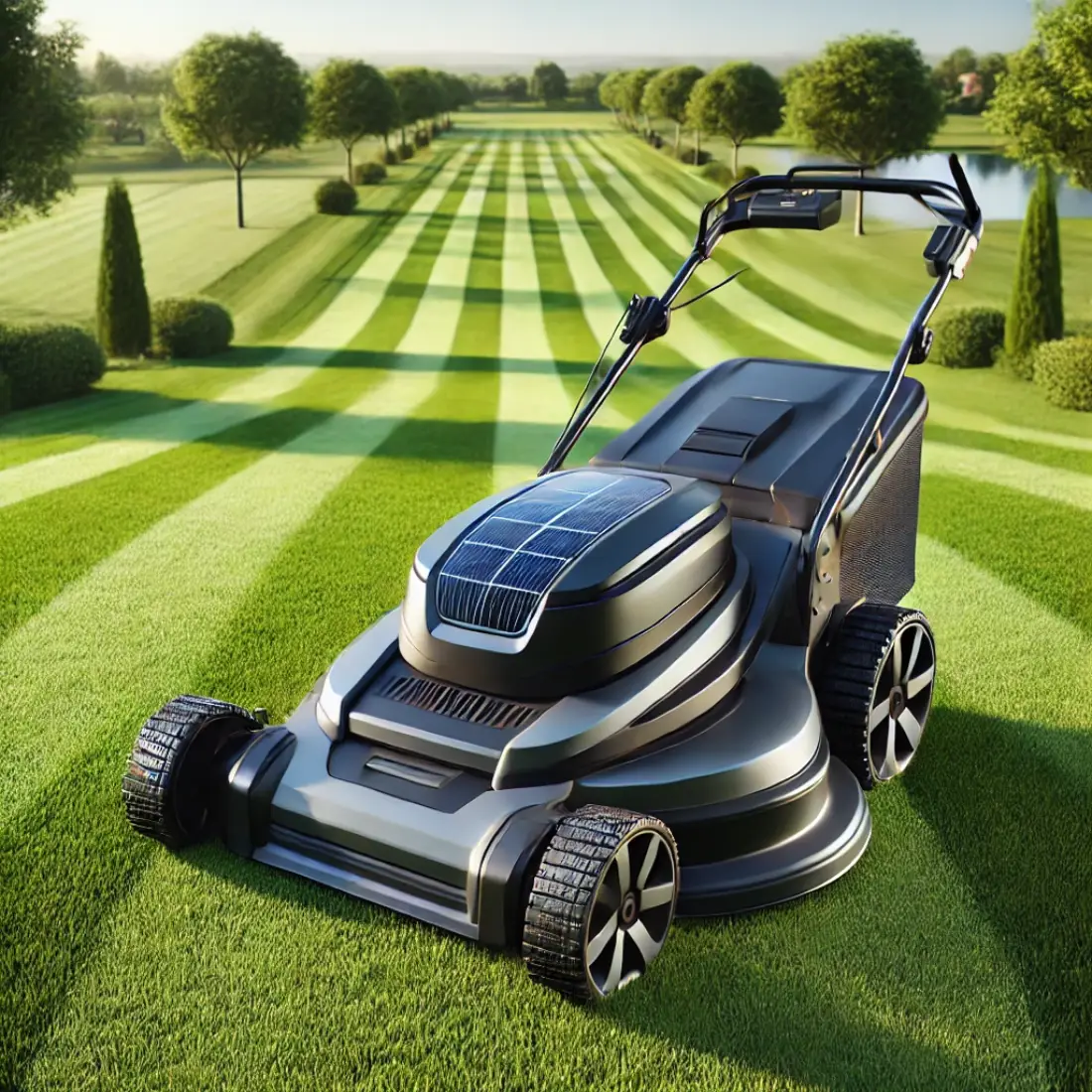
One of the most popular solar-powered tools is the solar-powered lawn mower. These mowers operate by harnessing sunlight to charge built-in batteries, which power the blades and motor. They are highly efficient and can cover large areas with minimal energy consumption.
Many models feature automated mowing schedules and sensors that allow them to navigate around obstacles. They reduce noise pollution, require little maintenance, and eliminate the need for gasoline, making them a great eco-friendly choice for your lawn.
2. Solar-Powered Water Pumps
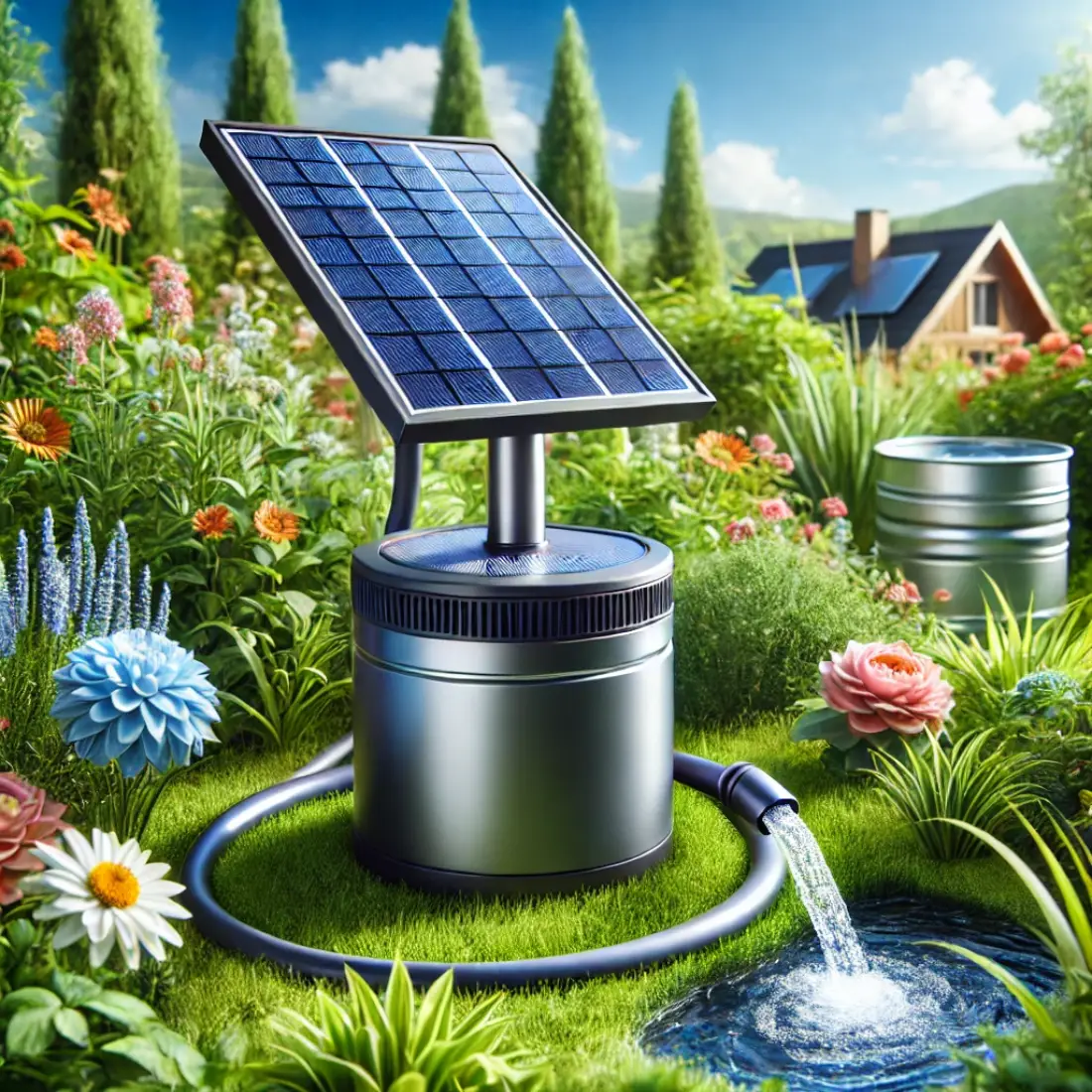
Solar-powered water pumps are essential for sustainable irrigation. By using solar energy, these pumps draw water from rain barrels or wells, supplying your garden with an eco-friendly water source.
They’re perfect for drip irrigation systems, greenhouse watering, or even larger farms. The pumps store solar energy during the day, ensuring consistent water flow even when the sun isn’t shining. This helps conserve both energy and water, leading to a more sustainable garden.
3. Solar Garden Lights

Solar-powered lights are a simple yet impactful way to illuminate your garden. They charge during the day and automatically light up your garden at night, without using any grid electricity.
Solar garden lights can enhance both the aesthetic and safety of your outdoor space, illuminating pathways, flowerbeds, or garden features. With a variety of designs, they not only contribute to sustainability but also elevate the beauty of your garden in an energy-efficient way.
4. Solar-Powered Electric Fences
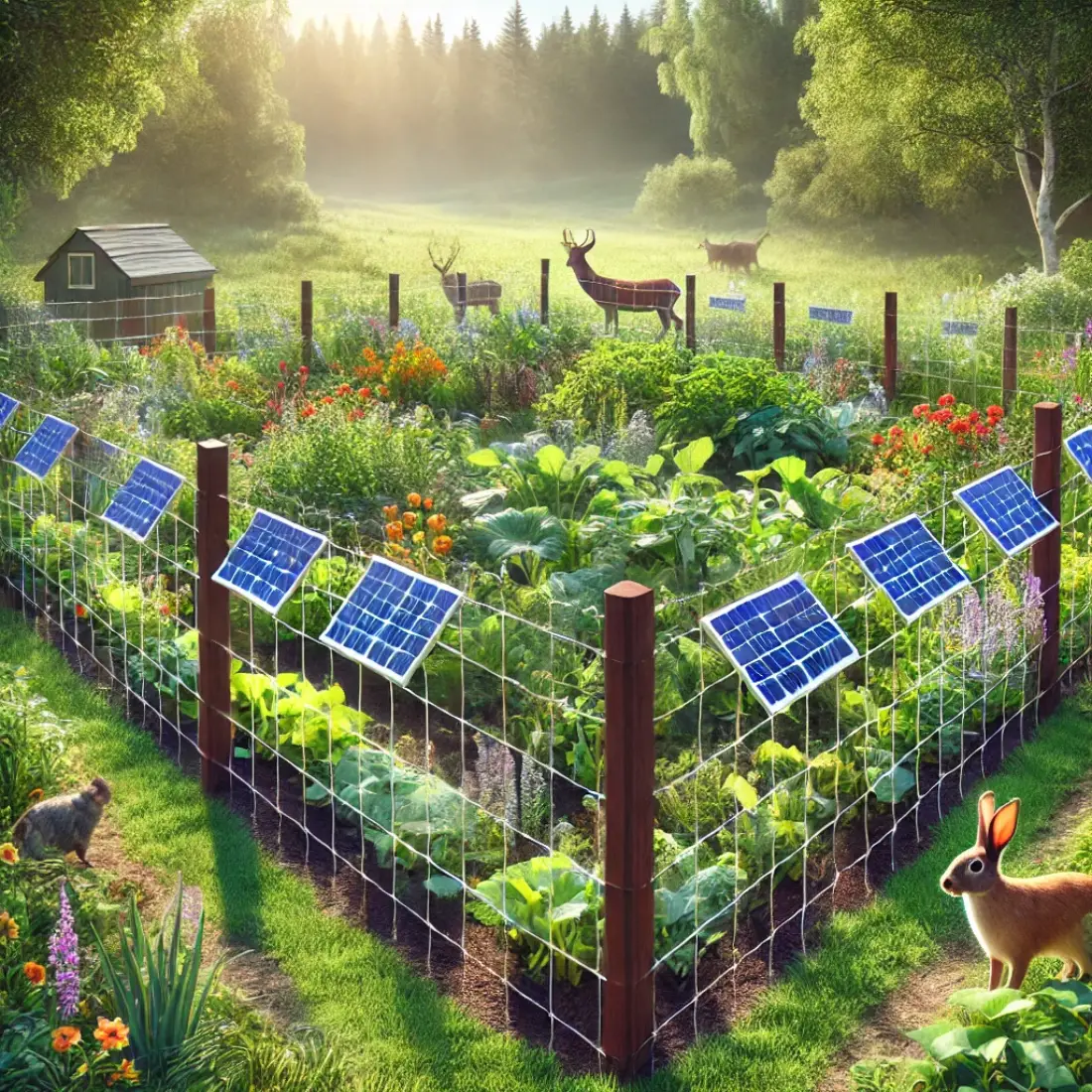
For gardeners needing to protect their plants from animals, solar-powered electric fences are a perfect solution. These fences use solar energy to create a small, safe electric charge that keeps pests like deer, rabbits, and raccoons out of your garden.
They’re low-maintenance, and because they don’t rely on external power sources, they can be installed even in remote locations. Solar-powered fences are cost-effective, environmentally friendly, and provide reliable protection for crops and gardens.
5. Solar-Powered Garden Robots
Advances in technology have introduced solar-powered garden robots that can assist in tasks like weeding and planting. These robots are equipped with solar panels and can autonomously navigate through your garden, identifying and removing weeds, or even planting seeds in pre-designated areas.
Their efficiency and eco-friendly design make them a perfect addition to any modern, sustainable garden, saving time and effort while promoting greener gardening practices.
How Solar Garden Tools Work
Solar garden tools work by converting sunlight into electrical energy through solar panels. These panels contain photovoltaic (PV) cells that capture sunlight and transform it into direct current (DC) electricity. The energy is then stored in rechargeable batteries within the tool, allowing it to operate even when the sun isn’t shining.
Once the tool is powered on, the stored electricity powers the motor or components, enabling efficient operation. This process eliminates the need for traditional fuels like gas or electricity, making solar tools an eco-friendly and sustainable alternative for gardening.
Sustainable Gardening Practices Using Solar Tools
Sustainable gardening practices are enhanced significantly by the use of solar-powered tools, promoting both environmental conservation and efficient garden management. One of the primary practices is solar-powered irrigation. By using solar-powered water pumps, gardeners can create a sustainable irrigation system that conserves water and reduces dependence on traditional power sources. These pumps can draw water from rain barrels, wells, or ponds, using renewable energy to distribute water efficiently across the garden.
Another key practice is composting with solar-powered tools. Solar-powered compost aerators or tumblers help speed up the composting process by ensuring that organic waste is properly aerated and decomposed. This creates nutrient-rich soil without the need for synthetic fertilizers, promoting a natural, sustainable cycle within the garden.
Gardeners can also combine solar-powered lights and electric fences to create eco-friendly solutions for garden maintenance and security. Solar garden lights reduce energy consumption by lighting up pathways and garden areas using stored solar energy, while solar-powered electric fences provide pest protection without the need for grid electricity.
By integrating solar-powered tools into everyday gardening tasks, individuals can create a self-sustaining ecosystem that benefits the environment, reduces energy costs, and promotes long-term sustainability in their gardening practices.
Overcoming Challenges with Solar-Powered Garden Tools
While solar-powered garden tools are eco-friendly and efficient, they come with a few challenges. One common issue is weather dependency. Solar tools rely on sunlight to charge, meaning cloudy days or areas with limited sunlight may affect their performance. To overcome this, many tools are equipped with rechargeable batteries that store energy, allowing them to function even when sunlight is scarce.
Another challenge is the initial cost of solar-powered tools, which can be higher than traditional options. However, the long-term savings from reduced energy and fuel costs make them a wise investment over time.
Lastly, some tools may have limited power compared to gas or electric counterparts. Gardeners can mitigate this by choosing tools with higher battery capacities or opting for hybrid systems that combine solar with electric power for more demanding tasks.
With proper planning and tool selection, these challenges can easily be addressed, ensuring a smooth transition to sustainable gardening.
FAQs: Solar-Powered Garden Tools
How do solar-powered garden tools work?
Solar-powered garden tools convert sunlight into electricity using photovoltaic (PV) cells in solar panels. The energy is stored in batteries, allowing the tools to function even when it’s cloudy or dark.
Are solar-powered garden tools as powerful as gas or electric tools?
While solar tools may have slightly less power for heavy-duty tasks, advances in technology have made them highly efficient for most regular gardening needs. Some come with hybrid options for more power.
Do solar garden tools work on cloudy days?
Yes. Most solar-powered tools have built-in batteries that store energy for later use, allowing them to work even on cloudy days or at night.
What is the lifespan of solar-powered garden tools?
With proper care and maintenance, solar-powered garden tools can last anywhere from 5 to 10 years, depending on the tool and battery quality.
Are solar-powered garden tools expensive?
The initial cost is typically higher, but they save money in the long run due to lower energy costs and no need for fuel or electricity.
What maintenance do solar-powered garden tools require?
They require minimal maintenance. Keep the solar panels clean for optimal sunlight absorption, and ensure batteries are stored properly during the offseason.
Can I retrofit my existing garden tools to run on solar power?
Some tools can be retrofitted, but it’s often easier and more efficient to buy tools specifically designed for solar power.
Are solar-powered garden tools suitable for large gardens or farms?
Yes. Many solar-powered tools, like water pumps and mowers, are designed for larger spaces. For commercial-scale farming, solar-powered systems may be more expensive initially but can offer significant savings over time.
How long does it take to charge solar-powered garden tools?
Charging times vary depending on the tool and the amount of sunlight. Typically, a full charge can take between 6 to 12 hours of sunlight.
Are solar-powered garden tools environmentally friendly?
Yes. They reduce reliance on fossil fuels, lower carbon emissions, and help promote sustainable gardening practices.

